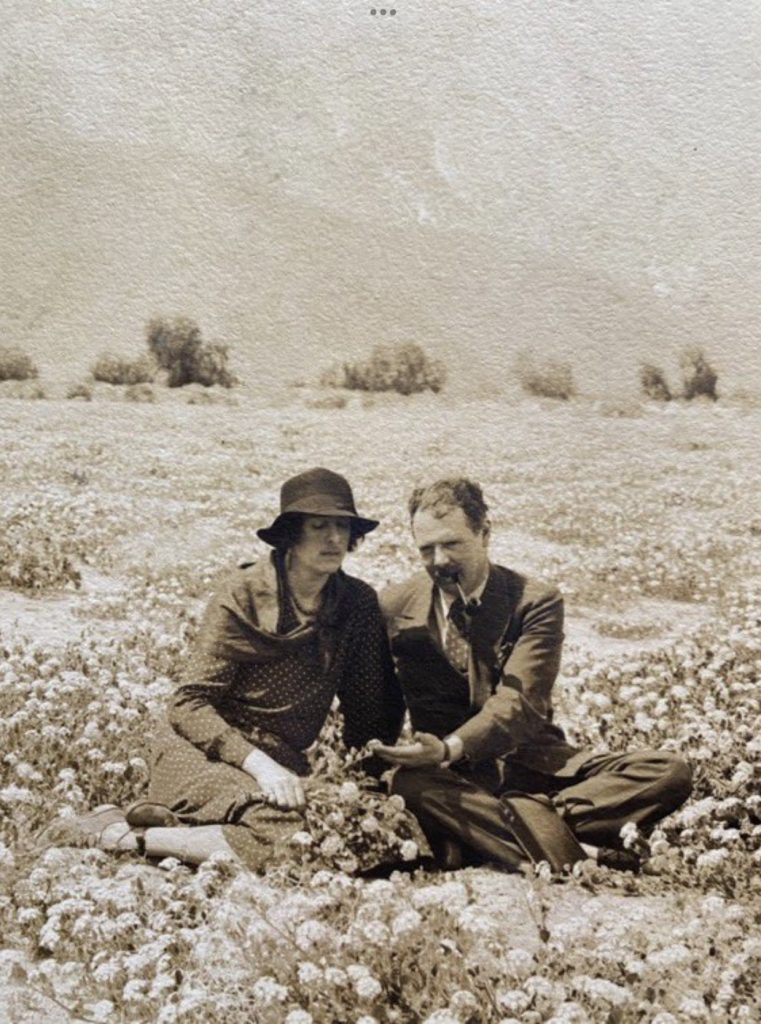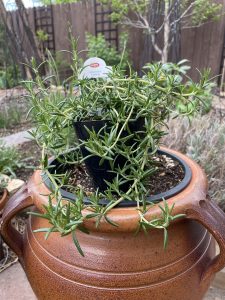If you’re reading this column, chances are you’re one of those people whose greenhouse and garden are stuffed with memories, and you can recall vividly where and how each plant was acquires be it from a nursery, a pass-along plant from a friend, or raised from seeds collected on a vacation visit to an unforgettable garden. You get the picture. Every plant is a friend, right?
This came sharply into focus for me as I recently had a ‘cardiac event’, aka , a STEMI, which in my case, as an unreformed plantaholic, the ‘stem’ part was kind of ironic. Luckily it was a minor bump on my path, and I was up and about on garden duty two days later with no noticeable after effects except that it did focus my mind sharply on recognizing the unique beauty of each day, and celebrate the gifts that come my way, and also to reflect on my history, especially to do with the people and plants and places that have shaped my life as a gardener and communicator.

This life-altering event is the sort that prompts one to sort the wheat from the chaff, and for me that began with 35 years’ worth of collected files. Arising from the cloud of dust was a note, undated, that came to me with a small rosemary plant, which the writer/donor raised from a cutting of a shrub that grew in Sissinghurst Castle, which in its turn had been raised from cutting collected by Vita Sackville West while traveling in “the sunny Mediterranean island of Corsica”. Vita recognized this gracefully tumbling semi-prostrate shrub as ‘Corsican Rosemary’, Rosmarinus angustifolia ‘Corsica’. And she treasured it, writing about it in her book In Your Garden Again: “with a more feathery growth of leaf and bright blue flowers, almost gentian blue; it is less tough-looking than the common rosemary, and perhaps not quite so hardy, but so lovely a thing that it well deserves a sheltered corner. It hates cold.” Name a rosemary that doesn’t!
However, having said that, the variety I look for is ‘Arp’, which has a degree of hardiness others don’t and seems to withstand what the Front Range winter can throw at it, at least for a couple of years; with winter wrapping it might even go longer. I just picked up a plant in Santa Fe, as well as a more tender prostrate rosemary which I have no hope will survive winter, tho’ if potted up and overwintered under glass it likely pull through. I’ve seen plenty of ‘Tuscan Blue’, but nothing to equal the sapphire depths of the Corsican sort’s small flowers.

After Vita died in 1962, her beloved Corsican rosemary began to fade and was ultimately consigned to the compost heap, but not before a Sissinghurst gardener rescued a few cuttings, and so began the Corsican rosemary’s journey as a pass-along. My plant came with the encomium to continue sharing cuttings of it with friends, “keeping Vita Sackville-West’s Corsican rosemary alive for generations to come.” I wish I could say I succeeded, but frequent moves between widely varying climate zones put paid to that effort. Nevertheless, no matter where I am gardening, rosemary, along with lavender which I wrote about last month, are must-have herbs for all that they represent, and all that is most treasured in a garden plant: scent, usefulness, memory, and a good back story.

©Ethne Clarke, 2023
My book Herb Garden Design, published by Frances Lincoln, London in 1995, gives a good overview of the many sorts of herbs that can be used as part of a garden planting scheme as well as in a working herb garden. Copies available online at https://www.amazon.com/Herb-Garden-Design-Ethne-Clarke/dp/0028603583










